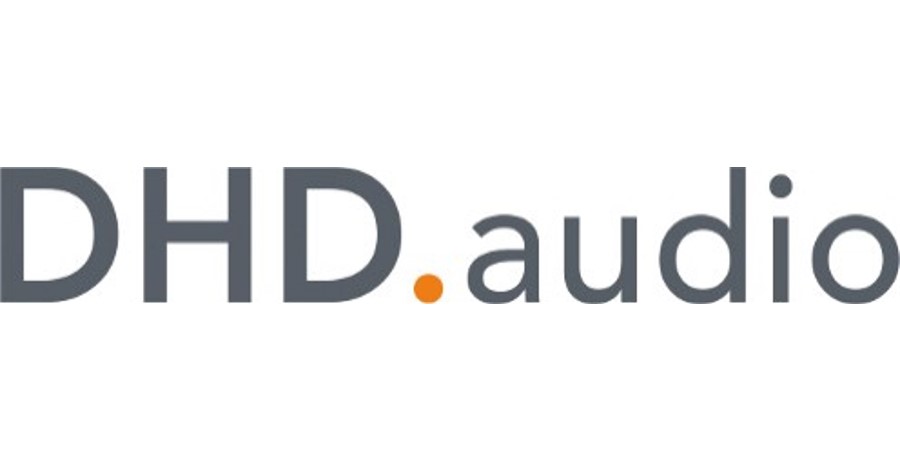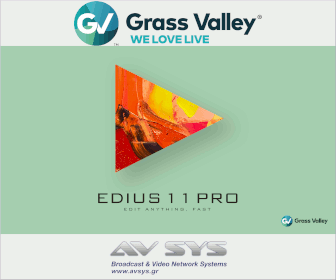Leipzig, Germany, September 12th, 2024 – DHD audio, a globally active developer of digital solutions for broadcast sound studios, edit suites and OB vehicles, will demonstrate the latest advances in audio production technology at IBC 2024, Amsterdam, September 13th-16th. Highlights of the DHD exhibit on stand 8.B52 will be the RM1 all-in-one audio interface, DX2, RX2, SX2 and TX2 mixing consoles plus the XC3, XD3 and XS3 processing cores.
“The broadcast media industry is developing faster than ever as content producers embrace the opportunities of multiplatform on-air and online delivery,” comments Marc Herrmann, DHD audio Managing Director. “Our role as a company is to help media creatives concentrate on programme content in an efficient and stressfree workflow. DHD offers audio mixing systems ranging in size from the compact four-fader touchscreen TX2 which is ideal for self-op studios and commentary booths up to modular consoles such as the RX2 which can accommodate as many as 96 channels. Each mixer links to a separate processing core to save desk space.

Launching at IBC 2024, RM1 is an all-in-one audio interface in a compact, lightweight desktop unit capable of operating from a wall outlet or USB linked power source. Designed to bridge the gap between podcast and broadcast, RM1 is a mobile audio mixer and multichannel interface with integrated audio processing capability. Robustly built and easily configurable for use in practically any style of content creation, it offers high signal quality and versatility for creative activity such as podcasting, web radio, live streaming and remote or onsite broadcast contribution. Presets can be tailored for every voice and style to enhance your presentation and make your voice stand out. Features include an audio equaliser, compressor, limiter, multitrack recorder and on-air tally. A particularly useful feature is AutoMix which automatically balances all incoming audio channels, managing background music and unwanted distractions to ensure a clean and balanced mix. RM1 also brings other automation features such as automatic gain levelling and control. RM1 delivers a signal ready for distribution, allowing the user to focus on content creation without being distracted by technology.”
DX2 is based on a four-fader central module plus six-fader expansion panels. The maximum number of faders is determined by the capabilities of the connected core. Four faders plus a dedicated section for setup, monitoring, talkback are incorporated in the central module. Each expansion panel has a user-configurable 7.8 inch multitouch screen and six dust-resistant professional grade 100 mm motorised faders. Each channel also has two control buttons, a UTF8-supported channel identifier, adjustable gain settings, an input channel meter, plus programme/off-air selection. An optional Assist App (52-8512) can be used to control the mixer via a 1:1 copy directly from any browser. The DX2 can be connected to all DHD XC3 and XD3 cores.
RX2 is designed for use in on-air radio and television studios, master control rooms and OB vehicles. It scales easily from small production units with six or 12 faders to large consoles with up to 96 faders. Each module has a dedicated high brightness 10.1 inch colour touchscreen. Supported character sets include West European, Arabic, Burmese, Chinese, Cyrillic, Hebrew, Japanese, Khmer, Korean, Tamil and Thai. The 10.1 inch touchscreen provides access to main control and channel settings, metering and system snapshots. Assignable hardware buttons are provided in the central section, plus adaptive labels in a separate 7 inch vertical touch display. The adaptive labels provide fast and tactile access to functions such as monitoring and talkback.
SX2 is based on a four-fader central console and six-fader expansion modules. All faders are dust resistant and motorised. Each module can be chained with others to create a standalone mixing desk. Integral display screens allow operators to see exactly how their console is performing both from connectivity and signal level perspectives. The central module gives access to the most important audio inputs and outputs. A microphone input and headphone output are included and loudspeakers can be connected directly to this unit. Each expansion module allows the addition of a second layer accommodating up to 16 channels. SX2 features can be extended simply by adding optional license codes to the DSP core, allowing extra faders, busses and clean feeds.
TX2 is a multitouch mixing console which can be placed on a desktop or attached to a worksurface via a VESA-based mount. Designed for daily operation where space is at a premium, it can be used standalone or to extend any DHD system. Just 10.2 inches wide by 10.7 inches front-to-back, its forward-sloping table-top panel includes a 10.1 inch capacitive multitouch IPS display, two assignable potentiometers and six silent multicolour hardware buttons, allowing professional audio mixing. The TX2 can be used with XC3 or XD3 cores in isolation or as part of a larger mixing system and does not require a PC for operation. Frequently used connectors for projects such as for telephone interviews or dubbing can be accessed easily on the mixer's 5 cm high rear panel.
Info: www.dhd-audio.com
Notes: Press Release - DHD audio GmbH - Leipzig, Germany, September 12th, 2024












